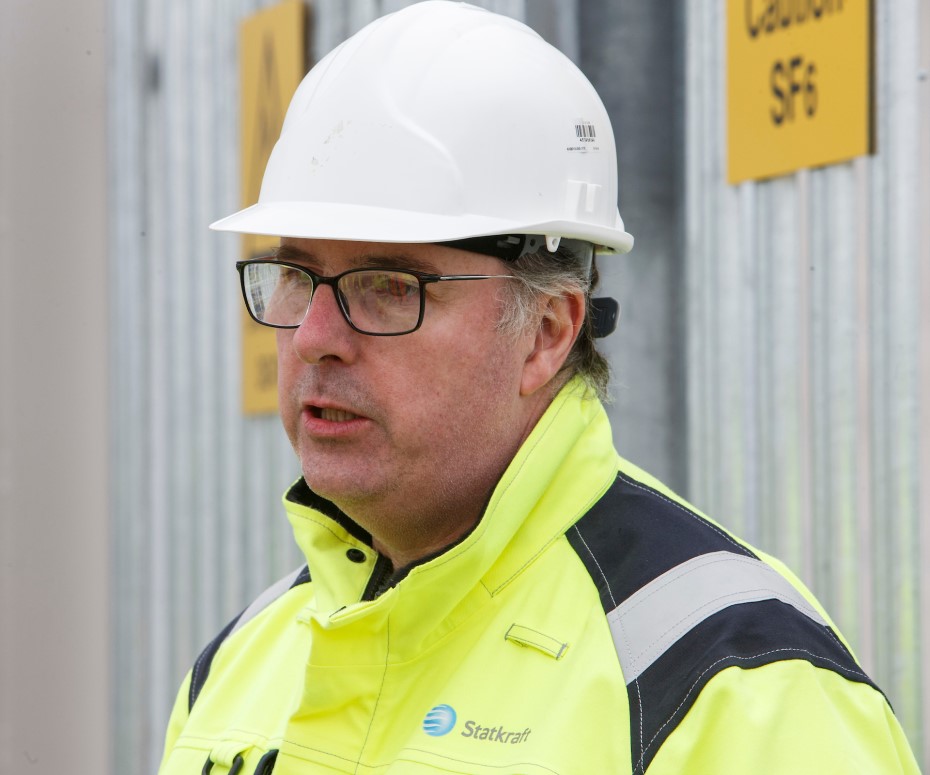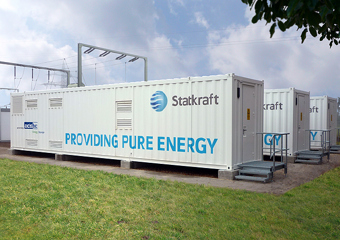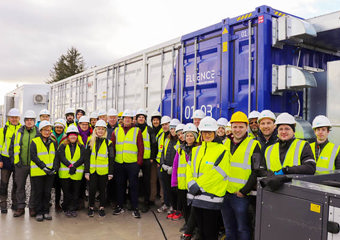
How Statkraft stabilised Great Britain and Ireland’s electricity grid
Statkraft's Jason Hill explains how innovative grid infrastructure is playing a key role in stabilising electricity supplies in Great Britain and Ireland
The UK saw the final coal-fired power station close its doors for good on 30 September. In the first half of the twentieth century, most of the country’s electricity came from burning coal. Although this had dramatically reduced in recent years, fossil fuelled power stations continued to have a role in keeping the electricity grid stable. As they were decommissioned, new solutions were needed.
Statkraft in Great Britain and Ireland is playing a leading role in this transformation, with innovative technologies providing grid stability in a clean, environmentally-friendly way.

Excess generation after the trip in Great Britain resulted in an increase in frequency, whereas the frequency fell in Ireland. Without any intervention, consumers and businesses could have seen their electricity supply disrupted.
However, Statkraft’s battery assets in Ireland increased their power output to support the Irish network frequency, while in Great Britain, Statkraft’s Greener Grid Park technology ensure the GB network remained stable.
This all happened in a fraction of a second; the Kelwin battery exported power as the frequency fell to close to 49.7 Hz in Ireland, and the Keith Greener Grid Park in Scotland, housing synchronous compensators, imported additional power to remain in synchronism with the GB network.
This event was a real-life example of how Statkraft’s innovative projects in Great Britain and Ireland are playing a vital role in keeping the networks on both sides of the Irish Sea stable, preventing supply disruption to consumers. As we move towards a zero-carbon electricity network we need a full system approach, with technologies like these an essential part of the infrastructure.

Jason Hill

Helping the UK charge ahead with Battery Energy Storage Systems
Statkraft’s Lucy Kent, Head of Greener Grid Parks, explains how the UK can ‘balance the scales’ of the grid with Battery Energy Storage Systems (BESS), and what more is needed to overcome barriers to...
Read more

Keith Greener Grid Park
This innovative project in Moray, Scotland, is helping to increase the amount of renewable energy being delivered on the National Grid network.
Read more

Statkraft unveils Ireland’s first battery project
Statkraft has completed the 11-megawatt (MW) Kerry battery project in Ireland. The project makes it possible to store locally produced wind power.
Read more